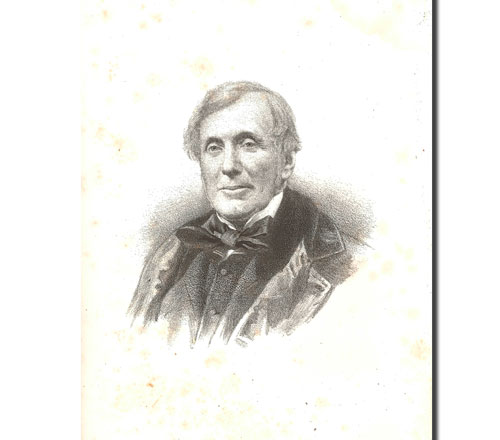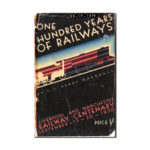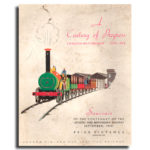Description
John Rennie was born at 27 Stamford Street, London, on 30 August 1794. He entered his father’s manufactory in Holland Street, Blackfriars Road, where he acquired a practical knowledge of his profession, and in 1813 he was placed under Mr. Hollingsworth, resident engineer of Waterloo Bridge, the foundations of which Rennie (aged 19) personally superintended. In 1815 he assisted his father in the erection of Southwark Bridge, and in 1819 he went abroad for the purpose of studying engineering works on the continent. On the death of his father in 1821, John remained in partnership with his brother George, the civil engineering portion of the business being carried on by him, whereas the mechanical engineering, largely millwright’s work initially, was supervised by George. There was also a shipbuilding yard at Greenwich, a component in the financial partnership. John had some practical involvement here but the extent is not known.
Rennie along with Philip Richards designed Royal William Victualling Yard, Plymouth, (1823–33). The most important of John Rennie’s undertakings, from 1824, was the construction of London Bridge, the designs for which had been prepared by his father. The bridge was opened in 1831, when Rennie was knighted . As engineer to the admiralty, a post in which he succeeded his father, he completed various works at Sheerness,Woolwich, Plymouth, Ramsgate, and the great breakwater at Plymouth, of which he published an ‘Account’ in 1848. Many years of his life were spent in making additions and alterations to various harbours on different parts of the coast, both in England and in Ireland. He also modernised the Chatham Dockyard in 1862 creating 3 huge basins and passages. A major effort over several years was extensive drainage works in the Fens freeing up much valuable agricultral land.
Although Rennie and his brother were early in the field as a railway engineers – having been involved, with Stephenson, on the Liverpool and Manchester Railway – their practice in this department was not very large. The company did however supply some locomotives for the London and Croydon and London and Birmingham Railways in 1838 and 1839, but it has to be said they were not very successful suffering from shoddy workmanship. In 1852 John laid out a system of railways for Sweden and in 1855 he surveyed a series of railways and a harbour for Portugal. It is a pleasant thought to me that the old gentleman (aged 61) must have passed the site if my house at Praia da Aguda on his mule while picking out the route of the Aveiro to Porto railway which now runs beyond my garden hedge. Portugal as ever was short of money. It would be a decade before the line was built, and the following century before his proposed harbour atLeixões materialised.
His portrait shows the face of a genial, good humoured man, a character borne out by this book, where he does not have a bad word to say about anyone.
NOTE this is a large file, which may take some time to download.
PREVIEW BELOW – MAY TAKE A WHILE TO LOAD.



Reviews
There are no reviews yet.